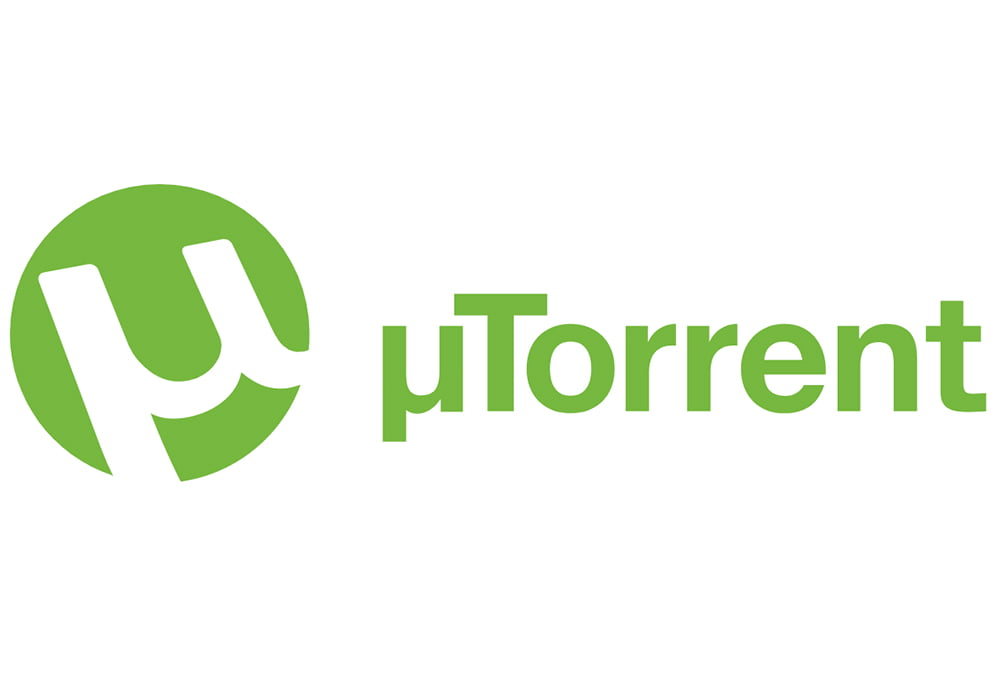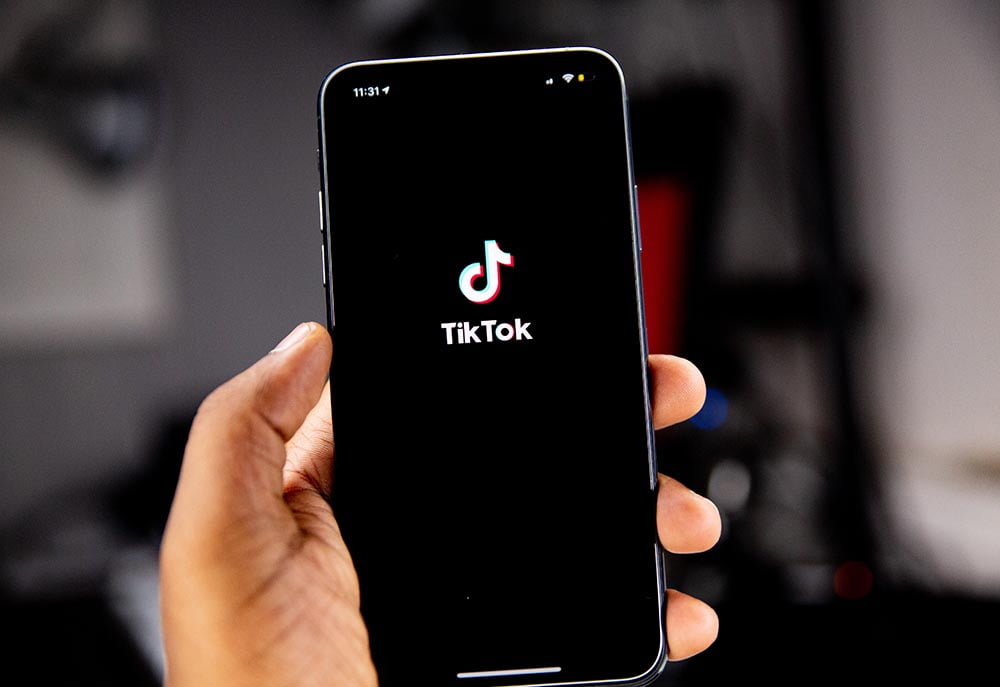Protecting your electronic data has become essential in the digital age. As technology develops, the amount and complexity of data we manage increase, requiring strong backup plans to guarantee data availability and integrity. The key data backup strategies for safeguarding your digital life in 2024 are covered in this article.
Entire Backup Strategy
Start by creating a thorough backup plan. Determine which sensitive information has to be protected, such as bank records, media files, and personal documents. Based on the significance and volatility of the data, decide how frequently to perform backups. A carefully considered plan acts as a guide for efficient data protection.
Various Backup Options
Use a variety of backup options to reduce hazards. For speedy data retrieval, use local backups, such as network-attached storage (NAS) or external hard drives. Adopt cloud-based backup services as well for offsite data storage to add an additional line of defense against natural disasters.
Both Differential and Incremental Backups
To maximize storage efficiency and cut down on backup time, apply differential and incremental backup strategies. Differential backups record modifications since the last complete backup, whereas incremental backups save changes made since the last backup. These techniques reduce redundancy and speed up the backup procedure.
Security precautions and encryption
Make sure that your backups are encrypted to prevent unwanted access. Secure your backup locations with strong passwords and access limits, and use powerful encryption algorithms. Update your security protocols often to fend off new and emerging cyberthreats.
Frequent Inspection and Upkeep
Test your backup solutions frequently to ensure data integrity and functionality restoration. Plan recurring maintenance to update hardware, verify software, and improve backup plans in light of changing requirements and technological developments.
cutting-edge technologies for backup
Adopt cutting-edge backup solutions to improve data security. To ensure accessibility and redundancy while integrating with cloud services seamlessly, think about utilizing cloud-to-cloud backups. Examine blockchain-based backups for an extra degree of security that provides tamper-proof and unchangeable storage.
Automated Scheduling of Backups
To guarantee regular data backups without requiring manual intervention, implement automated backup scheduling. Automation ensures uniform data protection and lowers the possibility of human error. Select backup software that offers customizable scheduling features to meet your unique needs.
Plans for Disaster Recovery
Include a backup plan as part of a larger disaster recovery strategy. Describe the steps that should be taken to restore data in the case of a cyberattack or catastrophic failure. To make sure your disaster recovery plan works in actual situations, test and update it frequently.
Observance of Rules and Regulations
Remain up to date on the data protection laws that apply to your area or sector. Make sure your backup plans adhere to regulatory regulations, such GDPR or HIPAA, in order to stay out of trouble and protect private data.
Dropbox to Dropbox Backups
In 2024, as more companies and people keep their data across numerous cloud platforms, cloud-to-cloud backups have grown in popularity. In order to provide an additional layer of redundancy and safeguard against data loss due to outages or breaches in the primary cloud service, this backup approach entails copying data from one cloud service to another.
Blockchain Technology for Data Security
By generating an unchangeable record of data exchanges, blockchain technology presents a unique method for data backup. By doing this, the backed-up data is guaranteed to be authentic and intact, effectively impervious to manipulation. The use of blockchain technology in data backup plans is anticipated to increase as it develops, offering a transparent and safe means of safeguarding data.
Archiving Data over Extended Periods of Time
A thorough backup plan must include data archiving, particularly for data that must be kept for an extended amount of time, like legal documents or historical records. Data that is no longer being utilized actively is moved for archiving to a different storage system so it can be safely kept and accessed when needed.
Constant Data Security (CDP)
A backup technique called continuous data protection (CDP) continuously records changes to data in real-time, enabling quick data recovery at any moment. This method offers a high degree of data protection, particularly for vital systems where even a small amount of data loss might have serious repercussions.
Developing thorough and sophisticated data backup plans is crucial if you want to safeguard your digital life as we approach 2024. You may guarantee the security and accessibility of your priceless data in a constantly changing digital environment by keeping up with the most recent technological advancements, automating procedures, making backup plans, and abiding by legal requirements.



